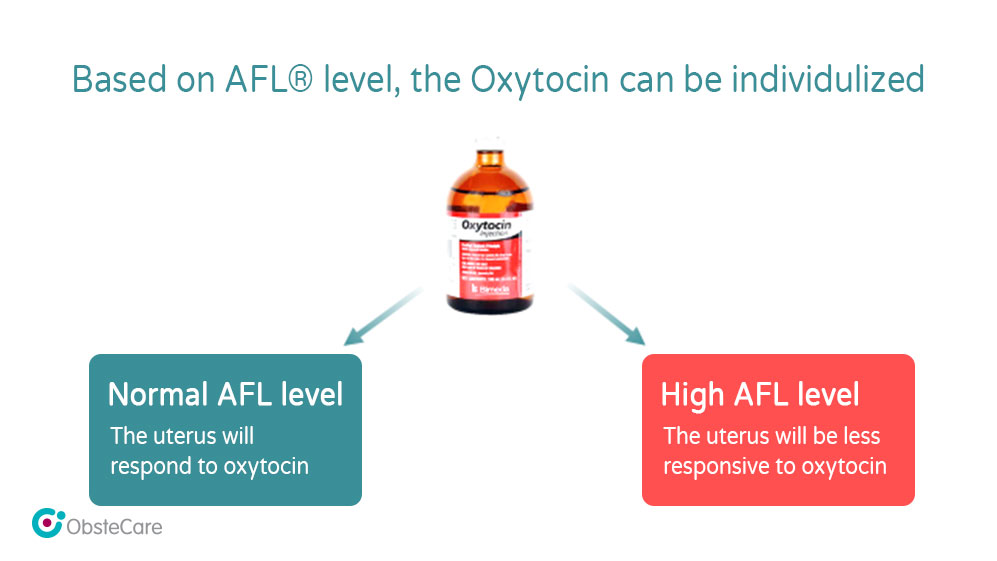For healthcare professionals
Improve treatment of dystocia
- AFL® Monitoring – the solution for dysfunctional labour
- Solutions for AFL® monitoring
- AFL® measurement
- Clinical evidence
- Customer testimonials
- Product
For women about to give birth
To give birth
- The uterus – a fantastic muscle
- Lactate
- Oxytocin hormone
- Oxytocin – not for everyone
- Oxytocin affecting human behaviour
- The AFL® method
- Prolonged birth
- Giving birth after a very long time
- Acute C-section
- Voices about prolonged labour
Safer births
- Giving birth on your own terms
- Support in the delivery room
- CTG measurements
- The AFL® method in the delivery room
- A partogram
- A unique window
About ObsteCare
Media
Do you want to know more about ObsteCare?
Contact us

